
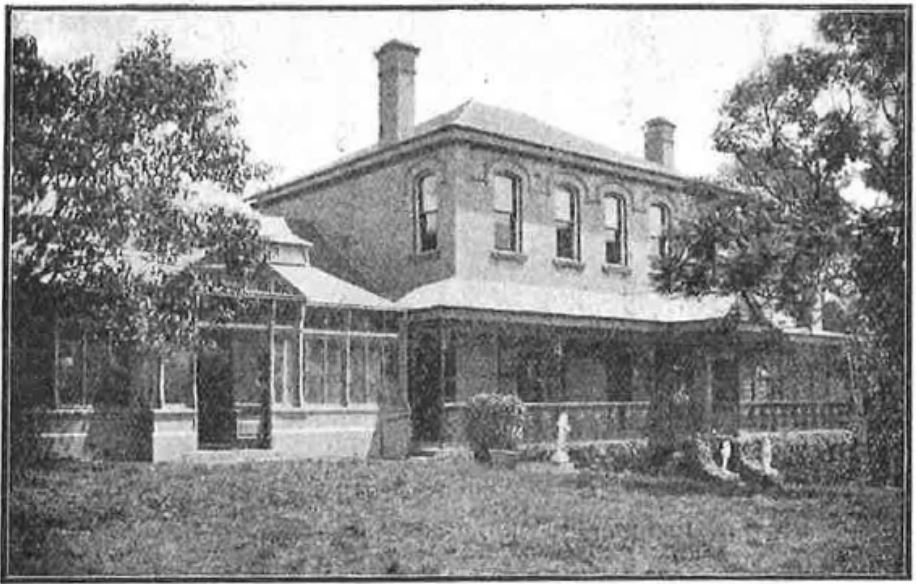
This is a photo of Arden Girls’ Home at Glebe. It shows a large two-storey stone building directly next to a smaller single-storey cottage with a glassed-in front verandah. There are several small statues in front of the larger building. This photo is undated, the date included is an estimate.
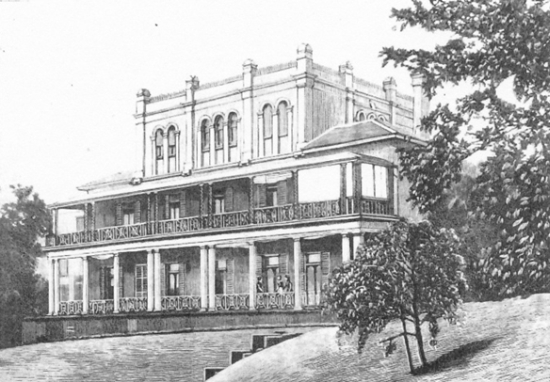
Strathmore Girls’ Home was opened on 8th February 1923 by the Church of England Homes at Glebe in a building that had previously been used as the Church Rescue Home for women. Strathmore was on the same site as the Avona Girls’ Home and the Tress Manning Girl’s Training Home. Strathmore had capacity for 50…
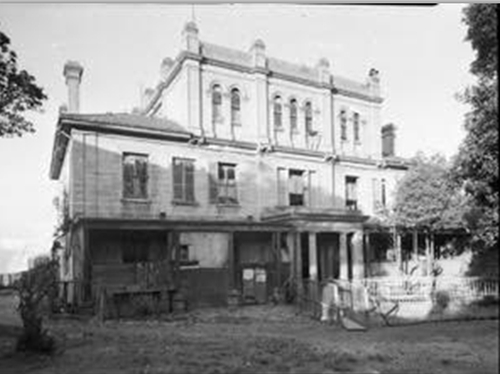
This is a photograph of the building known as Strathmore at Glebe. It shows a large three-storey stone building with a small front portico in the middle of a lower-storey verandah. The sides of the verandah appear to have been partially enclosed, potentially for use as additional rooms. Strathmore was bought by the Church of…

This is sketch of Strathmore at Glebe. It shows a grand three-storey stone building on top of a small hill. The first two floors of the building have verandahs, and the third is slightly smaller with large windows overlooking the grounds of the Strathmore estate.
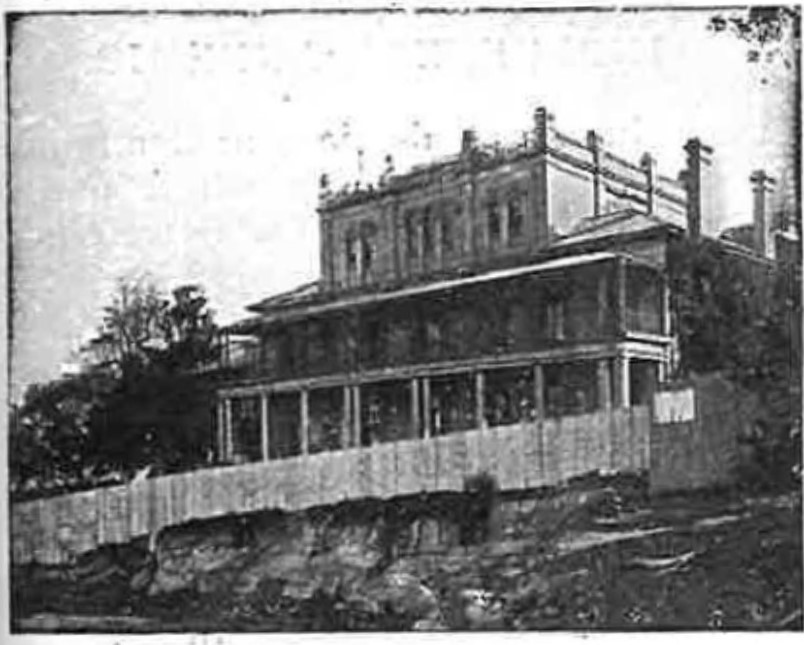
This is a photo of the Church Rescue Home at Glebe, also known as Strathmore. It shows a grand three-storey stone building situated on a slight hill.
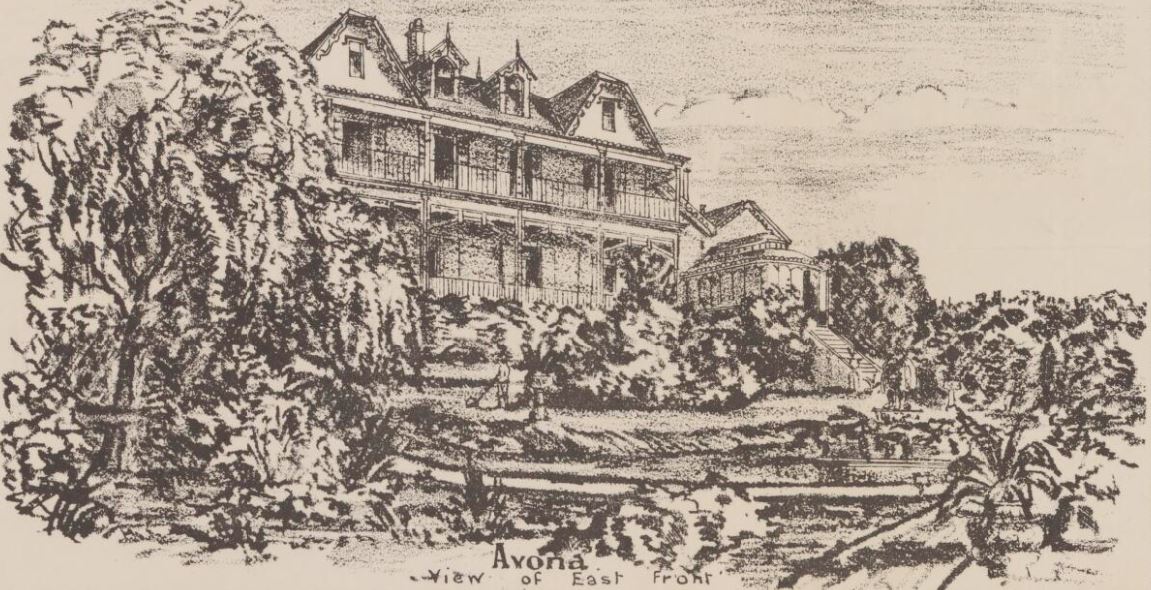
This is a sketch showing the front of ‘Avona’, the building which was later purchased by the Church of England for use as a girls’ home. The sketch shows a large two-storey building with ornate dormer windows, large front verandahs, and a glass conservatory at one side. The building sits above large decorative gardens. This…
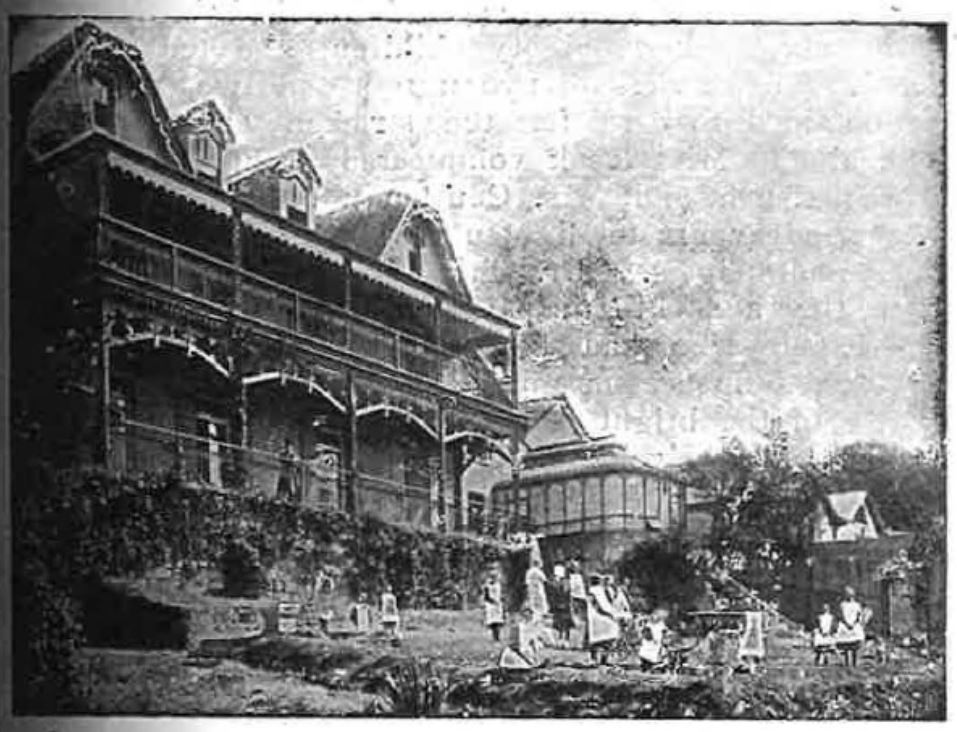
The Church of England Home for Girls, also known as Avona, was opened in 1904 at Glebe, on a site next to the Church Rescue Home (Strathmore). It had capacity for approximately 60 girls. Avona was opened to provide an alternative to housing young girls with older women at Strathmore, as the committee running the…

This is a photograph of the Church of England Home For Girls at Glebe, also known as Avona. It shows approximately 25 girls standing on the lawn in front of a large two-storey house with ornate front verandahs, decorative dormer windows, and a glass conservatory on the side. The girls are all wearing white dresses…
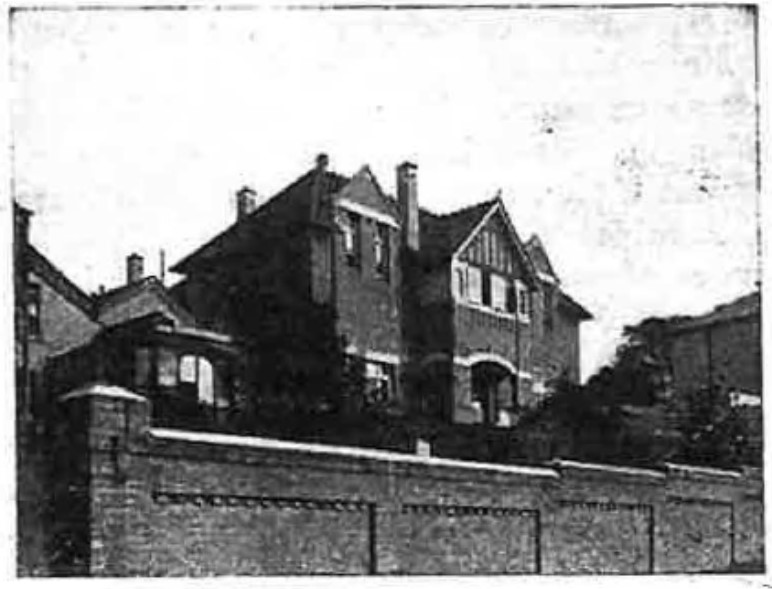
The Church of England Training Home for Girls opened on the 9th August 1909 as a Home for girls between the ages of 14 and 16. The Home, also known as the Tress-Manning Home, was built at Forsyth Street, Glebe, on a site between the Church Rescue Home for Women (Strathmore) and the Church of…

This is a photo showing the Church of England Training Home for Girls, also known as Tress-Manning Home, at Glebe. It shows a large two-storey brick building looking out over gardens behind a brick fence. Two other large buildings can be partially seen on either side of Tress-Manning. These are Avona (on the left) which…